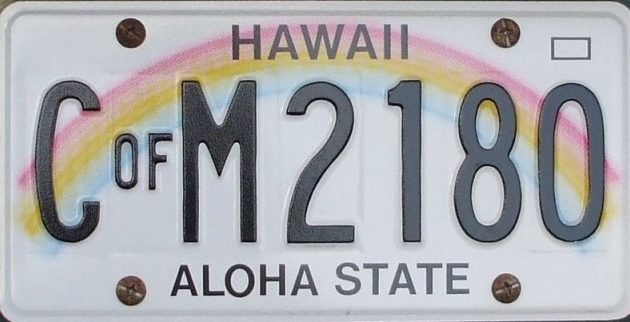Hawaii to run out of cash reserves in 2016
Both the Governor’s and House Hawaii State Budget Proposals Are Not In Balance
News Release from Office of Sen Sam Slom March 25, 2014 – HONOLULU— Senator Sam Slom indicates concern that as early as 2016 Hawaii will run out of cash reserves resulting in Hawaii’s budget being unconstitutional.
Senator Slom says:
“As the Senate Minority has predicted for several years, the State has not provided incentives for an improved business climate and is thus becoming both an entitlement society and a debt based economy. It is imperative that we change the fiscal direction of the State.”
IMPORTANT FACTS YOU KNOW ABOUT THE STATE BUDGET
by Paul Harleman, M.B.A., Budget Director, Hawaii Senate Minority
Recently, the State Council on Revenues significantly reduced the revenue growth projections that are used to determine the budget spending levels for the two upcoming fiscal years. Specifically, the Council lowered the revenue growth forecast for FY 2014 from 3.3% to 0% and for FY 2015 from 7.4% to 5.5%. This downward forecast is important because it will be used by the legislature in the current budget negotiations.
At the present time, only the Governor and the House have formally introduced their respective drafts of the state operating budget. Based on the downward revenue forecast, both budget drafts that have been submitted by the Governor and the House are not in balance and are based on projected long-term deficit spending.
Constitutionally, the state could engage in annual deficit spending as long as there are enough cash reserves to absorb these deficits. However, as figure 1 illustrates, under the current budget drafts the state is projected to run out of its cash reserves as early as FY 2016, which would be unconstitutional.
Since the current long-term revenue growth projections are based on a relatively optimistic scenario of an average annual growth rate of 5%, a failure to make significant budget cuts today will lead to severe budgeting problems during the upcoming biennium, which will be in next year’s legislative session.
Figure 1. Projected General Fund Surpluses/Deficits and Ending Carry-Over Balances FY 2013-2019 (Starting with $844M Surplus in 2013):

Source: Based on the March 11th Council on Revenues General Fund Forecast. Proposed Executive Supplemental Budget vs. HB 1700,HD1 (2014). For a larger view click on the chart.



